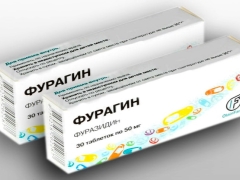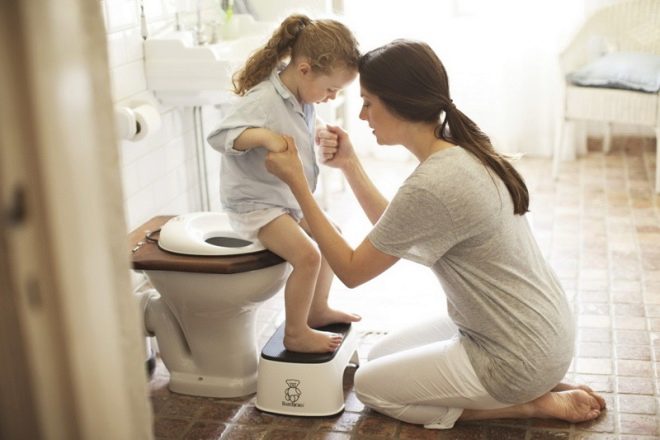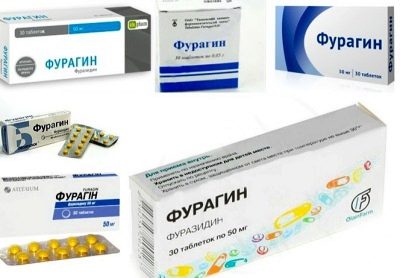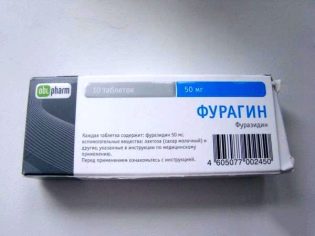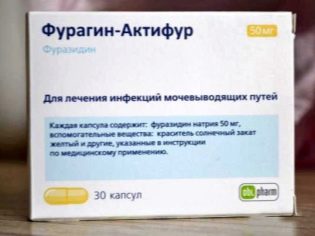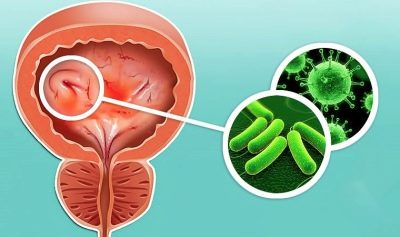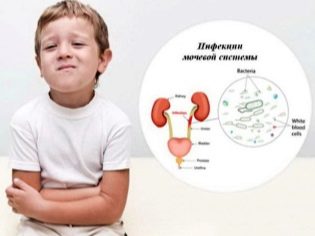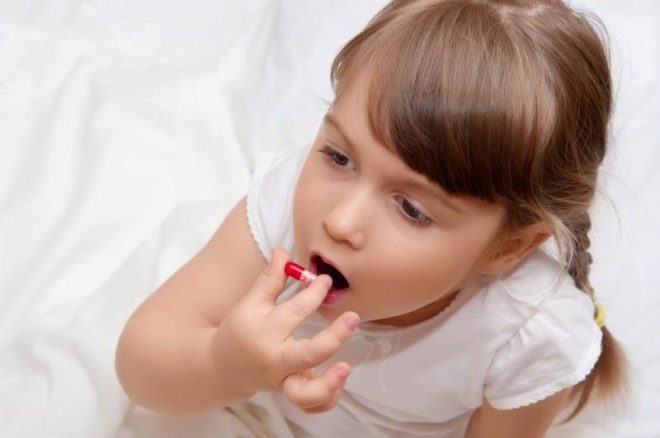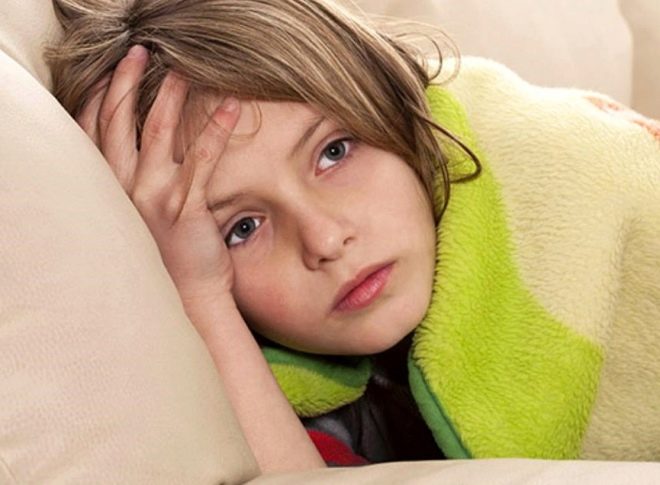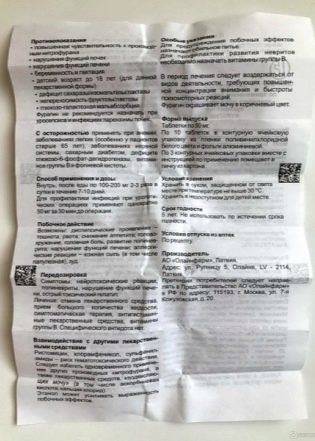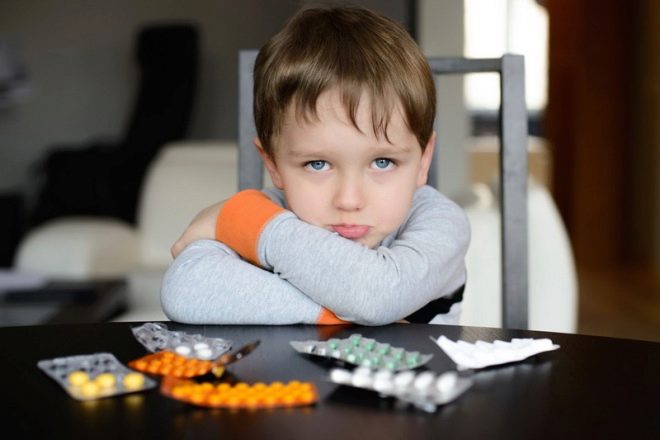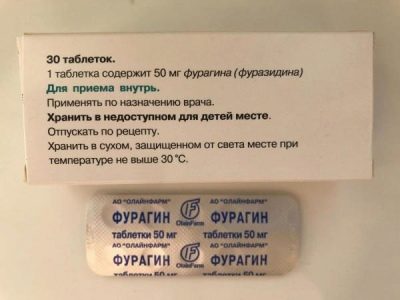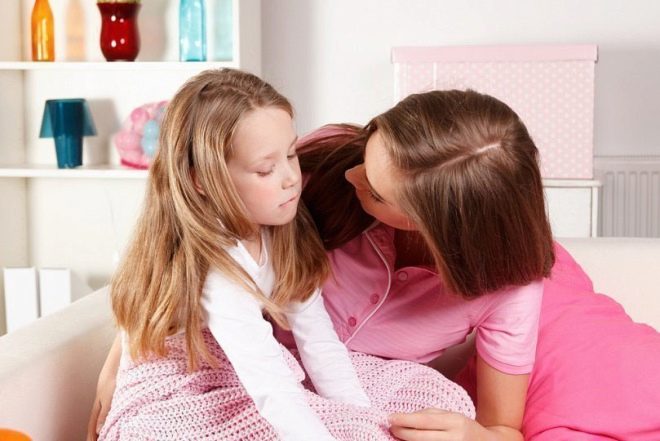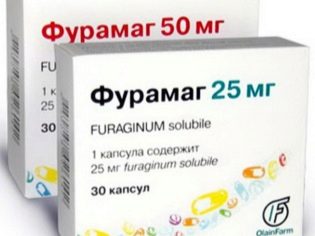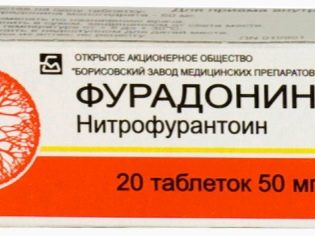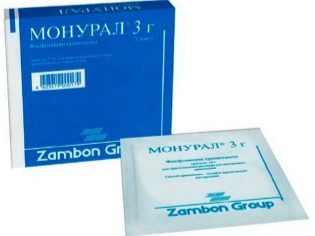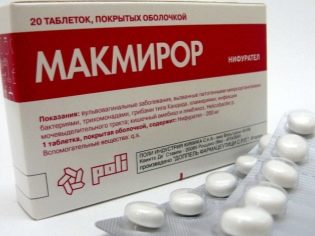Furagin for children: instructions for use
"Furagin" is often used in the practice of urologists, as it helps to cure bacterial infections of the urinary system. This medicine helps in the case of resistance to common antibiotics and acts fairly quickly, eliminating the unpleasant symptoms of urological diseases from the first days of therapy. It is usually prescribed for adults, but it can also be used for children if there is a basis for such treatment.
Release form
Furagin is produced by several domestic pharmaceutical companies (Obolensky, Ozon, and others) and the Latvian manufacturer Olainfarm. Sometimes the name of the drug is written with a prefix indicating the manufacturer, for example, Furagin-LekT or Furagin-SZ, but all such drugs are tablets containing 50 mg of the active substance.
They are usually small, round and yellow in color with an orange or greenish tint. Furagin tablet is sold in boxes of 10, 20 or more. It is either packed in blisters of ten or twenty tablets, or placed in plastic bottles.
Additionally, the company "Obolensky" produces capsules with the same ingredient, which are called "Furagin-Aktifur." Unlike the tablet form, they are presented in two dosages - in addition to the standard 50 mg, there are also 25 mg capsules, which are also smaller. This medicine is sold in blisters of 10-30 pieces, and one box holds from 10 to 150 capsules. They have a yellow dense shell, and inside is an orange powder.
Composition
The active substance of "Furagin" is furazidin. As already noted above, its amount per tablet is 50 mg, and the capsules are additionally represented by a dosage of 25 mg. It is this component that provides the drug with the ability to influence harmful microbes.
Among the auxiliary ingredients presented in pill form, you can see polysorbate, microcrystalline cellulose, lactose, stearic acid, sucrose and other compounds. They differ from tablets of different manufacturers, therefore, if the child has intolerance to any substances, then the detailed composition should be specified in the instructions attached to the medication.
In the powder content of the drug Furagin-Aktifur, the active ingredient is supplemented with talc, starch, aerosil, croscarmelose sodium and magnesium carbonate. For the manufacture of shell capsules using gelatin, dyes (they give the drug a yellow color) and titanium dioxide.
Operating principle
Although the drug acts on bacteria, it is not an antibiotic, but represents a group of antimicrobial agents that are called nitrofuran derivatives. According to its mechanism of action, furazidine is capable of disrupting metabolic processes in microbial cells, and the spectrum of the effect of such a substance on bacteria is called broad.
The drug is active against various types of gram-positive microbes (strepto-and staphylococci), and also acts on many gram-negative bacteria (Klebsiella, Shigella, Salmonella, Escherichia, etc.).In many cases, "Furagin" allows you to destroy pathogens that are resistant to sulfanilamide drugs or antibiotics. Furazidine resistance develops rarely and very slowly.
After absorption in the patient's digestive tract, the drug enters the excretory system (kidneys, ureters, bladder and urethra), and its concentration in the urine is very high, which makes it possible to call such a drug an antiseptic. The patient does not depress the patient’s immune system, but rather stimulates the fight against the infectious agent more actively.
Indications
One of the most frequent reasons for the appointment of "Furagin" for children is cystitis. This disease can occur in a child of any age and its most common cause is the entry of pathogenic microorganisms into the bladder. As a result, an inflammatory process develops, which is indicated by such symptoms as frequent urination and pain while going to the toilet. In some children, body temperature also rises, and urine becomes turbid and smelling unpleasant.
No less demanded "Furagin" and with urethritis of a bacterial nature. This disease is more often diagnosed in boys, since their urethra is longer, but it can also develop in girls. The disease is manifested by discomfort and pain when urinating, frequent urging to the toilet, itching in the genital area.
The drug can also be prescribed for pyelonephritis, if the pathogenic bacteria got into the renal pelvis or the renal calyx. In addition to frequent urination, lower back pain and changes in the type of urine, this infection is manifested by chills, nausea, sweating, fever, vomiting and other signs of intoxication.
Without timely treatment, this disease can have serious consequences for the health of children, so you should not delay in referring to a doctor.
"Furagin" is also used for infections of the genital organs, as well as for infection of soft tissues and skin, for example, in case of complicated burns. If a patient has to undergo some kind of diagnostic or therapeutic procedure on the organs of the genitourinary system (for example, cystoscopy), Furagin is prescribed for prophylactic purposes in order to prevent infectious complications after manipulation.
From what age is appointed?
The instructions for some tablets "Furagin" noted that they are allowed for patients older than 3 years. In other annotations, childish age is indicated among the contraindications. This can confuse parents if the urologist prescribed such a medicine to their son or daughter. In fact, the drug is used in the treatment of children, but only as prescribed by a doctor and strictly following the dosage of the medicine.
Since all the variants of Furagin are represented by a solid form that is difficult for children to swallow, they are not used in children of the first years of life. If an antimicrobial agent is required for infants or patients aged 1-3 years, together with the doctor, they select the equivalent for them.
Contraindications
"Furagin" should not be given to patients with hypersensitivity to furazidine or any of the auxiliary components of the drug, as well as allergies to other antimicrobial agents of the same group. The drug is also contraindicated in case of kidney failure, porphyria and a serious violation of the liver, and in other serious diseases it should be given with caution. The control of the physician during the treatment with Furagin is also required for children with a deficiency of glucose-6-phosphate dehydrogenase.
Side effects
After taking tablets or capsules, the patient's urine color often becomes dark yellow or brown, which should not frighten parents and does not require discontinuation of therapy. In some patients, treatment with Furagin may adversely affect the digestive or nervous system, for example, cause nausea, dizziness, loss of appetite or inflammation of the nerves.Sometimes the medication provokes an allergic reaction in the form of a skin rash. If such side effects occur, treatment should be discontinued.
Instructions for use
To reduce the risk of side effects of the drug, “Furagin” is given to the child after eating and offered to drink plenty of water. A single dose must be determined by the doctor, taking into account the patient's body weight. Usually the medication is taken three times a day, and the duration of the course of treatment (depending on the severity of the infection) is 7-10 days. If there is a need for repeated therapy, it is permissible to drink the medicine again 10-15 days later after the completion of the first course.
If “Furagin” is prescribed for prophylactic purposes, the medicine is given once before the procedure on the urinary tract.
Overdose
An excessively high dose of “Furagin” can have a toxic effect on the nervous system, as well as on the patient’s liver. If an overdose is detected, you should immediately show the child to the doctor.
Interaction with other drugs
"Furagin" is often used together with B vitamins and antihistamines, since such drugs can prevent the side effects of tablets or capsules. Substances that alkalinize the urine will reduce the effect of Furagin (will accelerate its excretion), while acidifying agents, though they will increase efficiency, will also increase the risk of toxic action.
It is not recommended to give the drug with sulfonamides, chloramphenicol (increases the risk of oppression of blood formation) and with quinolones (they note antagonism). When used together with antibiotics, the therapeutic effect of Furagin will increase. If antacids are prescribed to the child, they will slow down the absorption of furazidin.
Terms of sale
"Furagin" refers to prescription drugs, so before you purchase it, you need to consult a doctor who will write out a prescription for him. The cost of the drug is influenced by the size of the package and the manufacturer, but on average the price of 30 tablets is 240-280 rubles.
Storage conditions
To prevent the drug from losing its properties, it should be kept at a temperature below 30 degrees Celsius in a dry place. In addition, the drug must be safely hidden from small children. Shelf life of tablets, depending on the manufacturer and can be 3 years, 4 years or 5 years. It should be clarified on the packaging of the medicine in order not to accidentally give a little patient an expired drug.
Reviews
In numerous reviews of "Furagin" parents confirm the rapid effect of the drug and its high efficacy in cystitis and other infections. In addition, it is inexpensive and sold in most pharmacies, although it requires a prescription.
However, many mothers complain that the drug is released only in solid form, because children are much more convenient to give a suspension or syrup. The disadvantages of the drug include its side effects that occur in some young patients.
Analogs
If you give "Furagin" to a child for some reason it does not work, The doctor can replace it with another antimicrobial drug.
- Capsules "Furamag». Their main component is furazidin, which in one tablet is 25 or 50 mg. This medicine is prescribed to children older than 3 years with the same indications and in the same doses as Furagin.
- Pills "Furadonin». Antimicrobial effect of such a drug, thanks to which it effectively helps with bacterial damage of the urinary organs, is provided by nitrofurantoin. The drug can be used in the treatment of children from 3 years of age.
- GranulesMonural». Such a drug based on fosfomycin is often used for urethritis, cystitis, or other lesions of the excretory system. After dilution with water from the granules, a suspension is obtained which is allowed to be given to children from the age of five.
- Pills "Macmiror». Their action is caused by an antimicrobial substance called nifuratel.Such a medicine is prescribed not only for pyelonephritis and other infectious diseases of the urinary tract, but also for lamblia and various intestinal infections. One of the advantages of the drug is the ability to use it for children at any age.
Review of the antibiotic "Furagin", see the following video.
